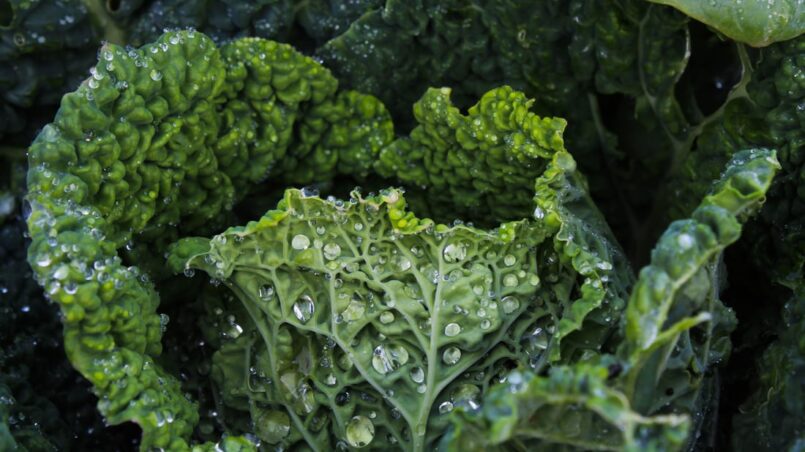On any given week, most people would prefer something sweet to something green. However, if you want to change your diet or lose weight, the more cruciferous vegetables you consume, the better. If you haven’t tried kale yet, now is the time to do so — not just because of its low calorie count, but also because of the many health benefits it provides.
Here’s everything you need to know about kale, including nutrition stats, health benefits, and potential health risks.
What Exactly Is This Green, Leafy Veggie?
Kale, like cabbage, cauliflower, broccoli, and collard greens, is a cruciferous vegetable. It stands out from the rest of the family thanks to its purple and green leaves. Kale is a delicious winter vegetable that comes in handy when other cruciferous vegetables are scarce. You can find a sweeter taste if you wait until after a heavy frost to buy kale.
Health Benefits of Kale
Lowers the Risk of Heart Disease
Kale’s potassium content can aid heart health by lowering the risk of heart disease and stroke. According to one study of 12,000 people, those who ate 4,069 mg of potassium a day had a 37 percent lower risk of dying from cardiovascular disease than those who consumed less. To get 4,000 mg of potassium from kale alone and see this impact, you’d have to eat about 15 cups of cooked kale a day, which could be a stretch.
However, by including more kale in your diet, as well as other potassium-rich foods, you can improve your chances of having enough potassium.
Helps Prevent Cancer
Kale may have cancer-fighting properties as well. It, like other cruciferous vegetables, contains glucosinolates, which are natural sulfur compounds that give vegetables their bitter flavor.
Kale’s vitamin C can also help prevent cancer and other illnesses including the common cold and flu by reducing inflammation, strengthening the immune system, and fighting oxidative stress.
Adults should get 60 milligrams of vitamin C a day, which is around 3 cups of cooked kale.
Aids in Protecting Eyesight
Kale also contains the vitamins lutein and zeaxanthin, which help maintain healthy eye cells and reduce the risk of macular degeneration as we age.
There is no daily dose recommendation for either vitamin. However, some experts agree that supplementing with as little as 10 mg of lutein and 2 mg of zeaxanthin per day can help.
Helps With Weight Loss
It is an excellent weight-loss food since it is low in calories and high in water. It also includes fiber, which keeps you fuller for longer and helps you from overeating.
There are no recommendations for how much kale to consume in order to lose weight. However, because of its low calorie content, you can eat kale to your heart’s content while keeping your overall calorie intake low.
Improves Skin Health and Appearance
This vegetable will help strengthen your skin as well as your waistline and reduce the risk of some illnesses.
Vitamin A (retinol) is essential for healthy cell development, and a lack of it can cause dry skin and acne.
While vitamin A is measured in micrograms of retinol activity equivalents, it is measured in IU (RAE). Adult men should take 900 mcg of RAE regular, while adult women should take 700 mcg. The equivalent of 885 mcg of retinol activity is contained in one cup of kale.
Contributes to Healthy Blood Sugar Levels
Manganese, a trace mineral found in kale, can help people with type 2 diabetes maintain healthy blood sugar levels by reducing insulin resistance, which is a hallmark of the disease. It’s also thought that a lack of this mineral can put a person at risk for diabetes.




1 Comment